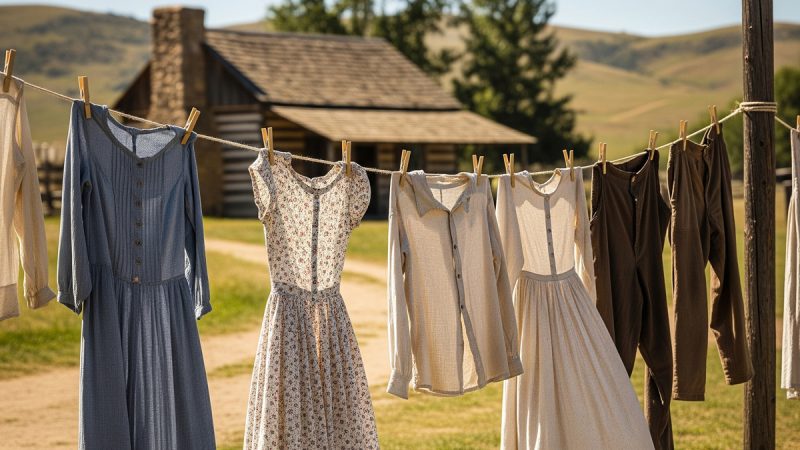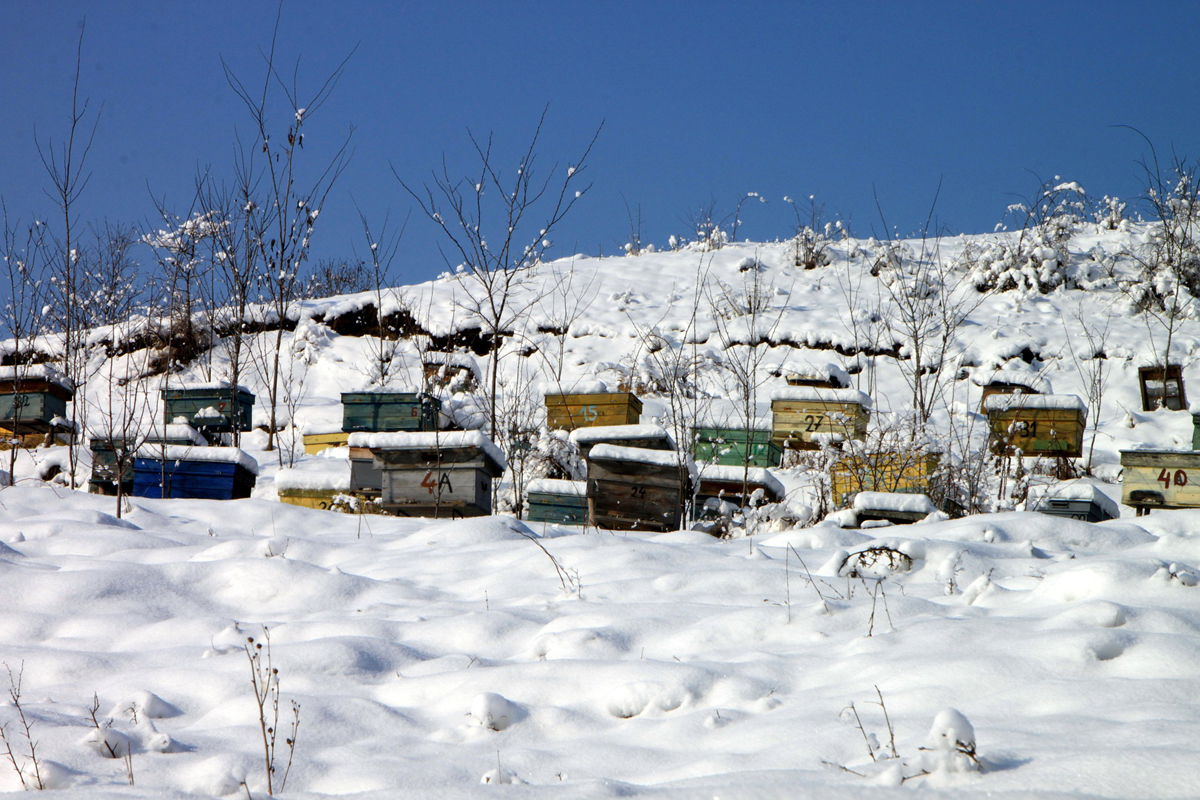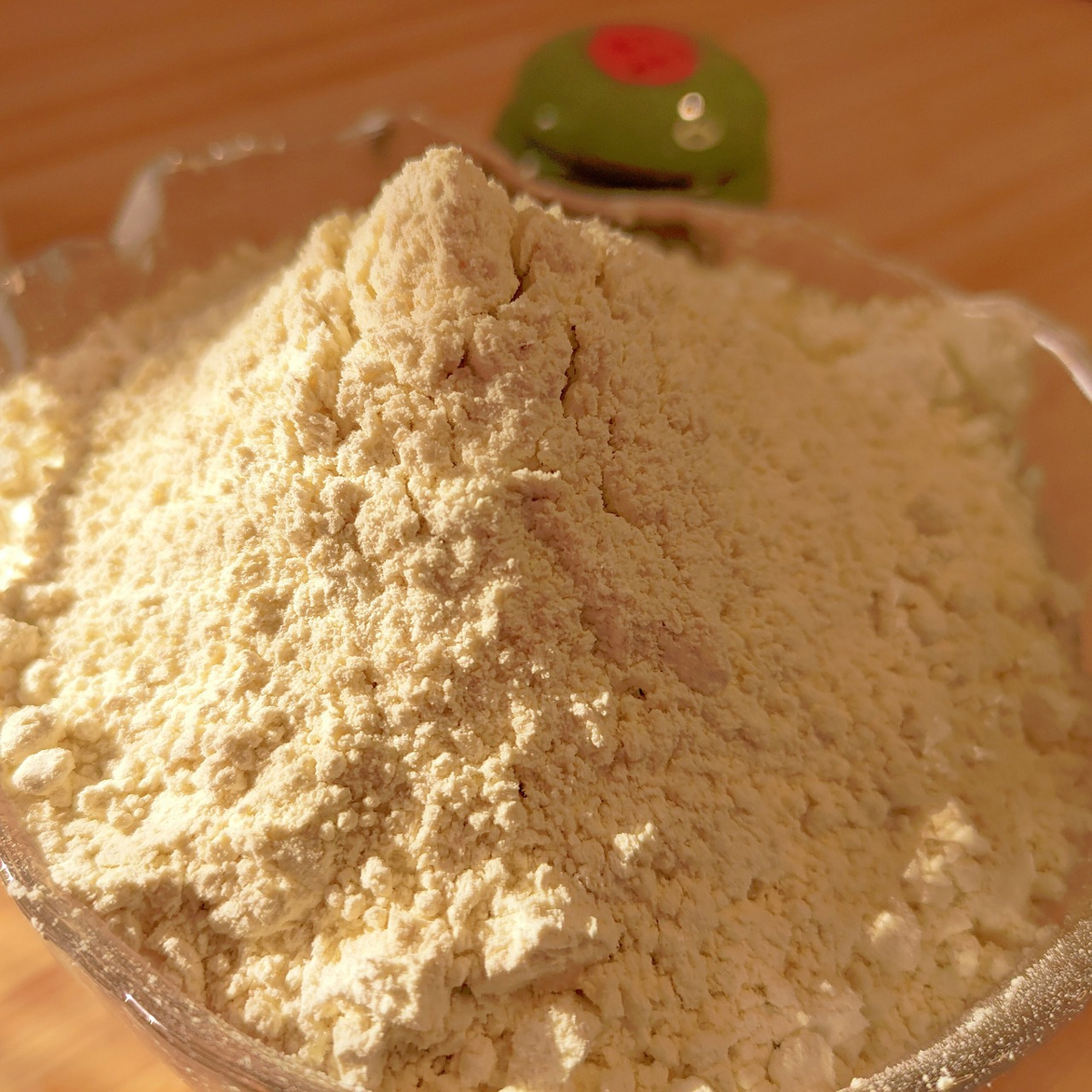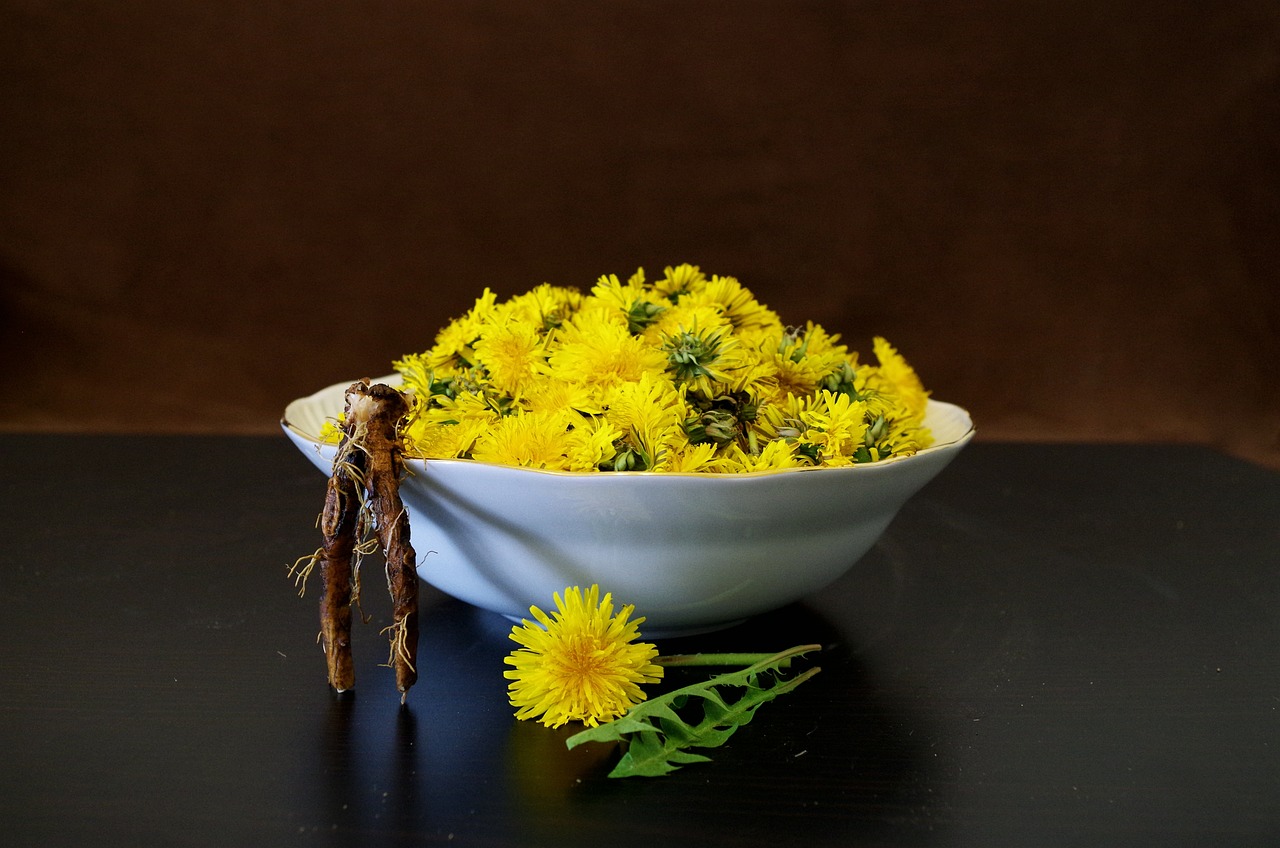17 Cover Crops for Healthier and More Productive Soil
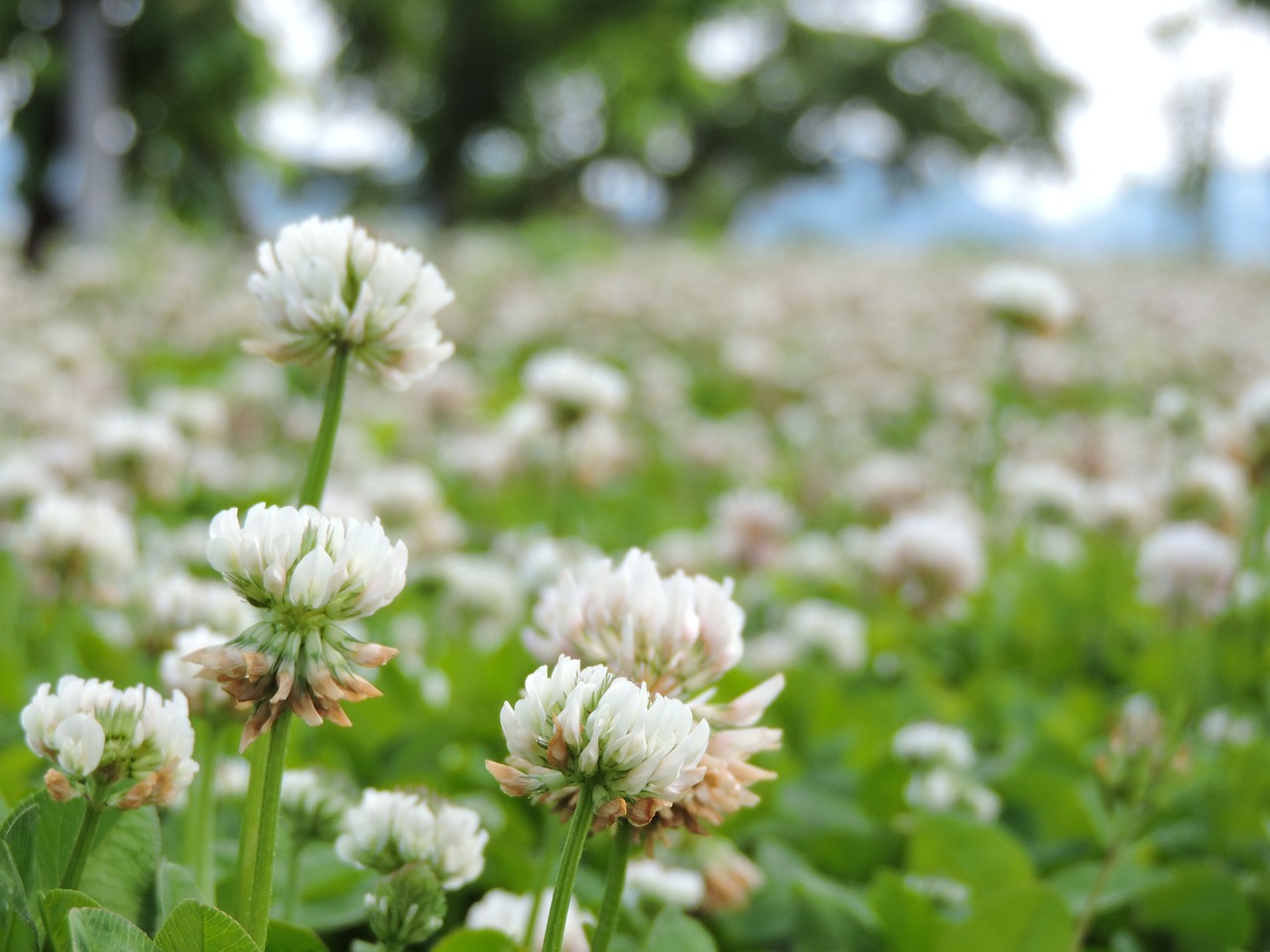
As the name suggests, cover crops are used to cover the ground. These crops are grown primarily to provide benefits to the soil, such as improving soil health, reducing erosion, and controlling weeds. One of the best ways to achieve sustainable and healthy agricultural practices is through the use of cover crops.
What are Cover Crops?
Cover crops are plants that are grown to benefit the soil rather than for food production. Usually, they are planted during the off-season, such as winter and fall when other crops are not being grown. The main objective of growing cover crops is to improve soil quality and increase productivity of the land.
When to Use Cover Crops?
The best time to plant cover crops depends on the season and climate in your area. Most farmers typically plant them during the off-season or between crop cycles. This allows the cover crops to grow and develop without competing with other crops for nutrients, water, and sunlight.
In general, a cover crop can be planted anytime from late summer to early fall, ideally one month before the first hard frost. In warmer climates, cover crops can be planted throughout the year and removed before planting the next main crop. It’s important to choose the right cover crop for the season and climate in your area.
>> Vegetable Rotation Using Crop Rotation Chart Yields More Abundant Harvests
How are Cover Crops Used?
Cover crops have many benefits that can improve soil health, including:
1. Soil Erosion Control
Cover crops help to protect the soil surface from wind and water erosion. They prevent soil loss by holding it in place with their root systems.
2. Weed Control
Cover crops can effectively reduce weed populations in your field. This is because they compete with weeds for resources like water, soil nutrients and sunlight, making it difficult for weeds to grow.
3. Nutrient Management
Cover crops absorb excess nitrogen and other nutrients from the soil, which helps to reduce the risk of nutrient leaching. This promotes healthy soil by reducing the potential for nutrient loss and providing essential nutrients for the next crop.
4. Soil Health Improvement
Cover crops increase organic matter in the soil, which can improve soil structure, water-holding capacity, and nutrient retention. Organic matter also enhances the number and diversity of microorganisms in the soil, which are beneficial for plant health.
What are The Common Types of Cover Crops
Using cover crops in agriculture is essential for soil health and sustainability. There are numerous cover crops available, each with its unique set of benefits and purposes. By choosing the right cover crop for your fields, you can improve soil fertility, reduce erosion, and enhance crop yields.
There are many different types of cover crops, each with their own unique benefits. Some of the common cover crops include:
Grasses – Examples of grass cover crops include annual ryegrass, winter rye, and wheat. These cover crops are effective at controlling weeds and improving soil structure.
Legumes – Examples of legume cover crops include clover, vetch, and beans. Legumes are known for their ability to fix nitrogen in the soil, which can reduce the need for synthetic fertilizers.
Brassicas – Examples of brassica cover crops include radishes, turnips, and cabbage. These cover crops are effective at breaking up compacted soil and scavenging excess nutrients.
1. Alfalfa: Alfalfa is a popular cover crop used to improve soil fertility, as it fixes nitrogen and increases organic matter. It’s also drought-tolerant and can be harvested for hay.
2. Barley: Barley is an excellent cover crop that’s easy to plant and maintain. It’s good for weed suppression and can be used to prevent erosion on slopes.
3. Buckwheat: Buckwheat is a quick-growing cover crop that’s fantastic for attracting beneficial insects and improving soil structure. It’s also an effective weed suppressor.
4. Clover: Clover is a commonly used cover crop that fixes nitrogen and suppresses weeds. It’s also versatile and can be used for grazing or hay production.
5. Cowpea: Cowpea is a warm-season crop that fixes nitrogen and improves soil fertility. It’s a great cover crop for controlling erosion in sloped areas.
6. Fava Beans: Fava beans, also known as broad beans, are a great cover crop for fixing nitrogen and improving soil structure. They’re also cold-tolerant and can be planted in the fall.
7. Hairy Vetch: Hairy vetch is an excellent winter cover crop that fixes nitrogen and improves soil structure. It’s also useful for weed suppression.
8. Oats: Oats are a fast-growing cover crop that’s great for smothering weeds and adding organic matter to the soil. They also help control erosion.
9. Peas: Peas are another nitrogen-fixing cover crop that improves soil health. They’re also useful for weed suppression and can be harvested for food.
10. Radish: Radishes are a quick-growing cover crop that’s excellent for improving soil structure and scavenging nutrients. They’re also good for weed suppression.
11. Rye: Rye is an excellent cover crop for winter as it can withstand cold weather. It’s good for erosion control, weed suppression, and adding organic matter to the soil.
12. Sorghum-Sudangrass: Sorghum-sudangrass is a warm-season cover crop that’s good for suppressing weeds and improving soil structure. It’s also useful for controlling erosion.
13. Sunflowers: Sunflowers are an excellent cover crop for attracting beneficial insects and improving soil structure. They’re also good for weed suppression.
14. Triticale: Triticale is a cross between wheat and rye and is a great cover crop for preventing erosion and adding organic matter to the soil.
15. Wheat: Winter wheat is a great cover crop for preventing erosion and improving soil structure. It’s also useful for weed suppression and adding organic matter to the soil.
16. Winter Peas: Winter peas are a cool-season crop that fixes nitrogen and improves soil fertility. They’re also useful for weed suppression.
17. Winter Rye: Winter rye is another cold-tolerant cover crop that’s good for preventing erosion and improving soil structure. It’s also versatile and can be grazed or used for hay production.
Cover crops are an important part of sustainable agriculture practices and can provide many benefits. They are used to help control soil erosion, manage weeds, improve soil health, and enhance nutrient management. When planting cover crops, it is important to choose the right type and timing based on the season and climate. By incorporating cover crops into your farming practices, you can improve the health and productivity of your land for future generations.
The Author:
Pioneerthinking.com – Ingredients for a Simple Life.
Photo. Arion_cjy


